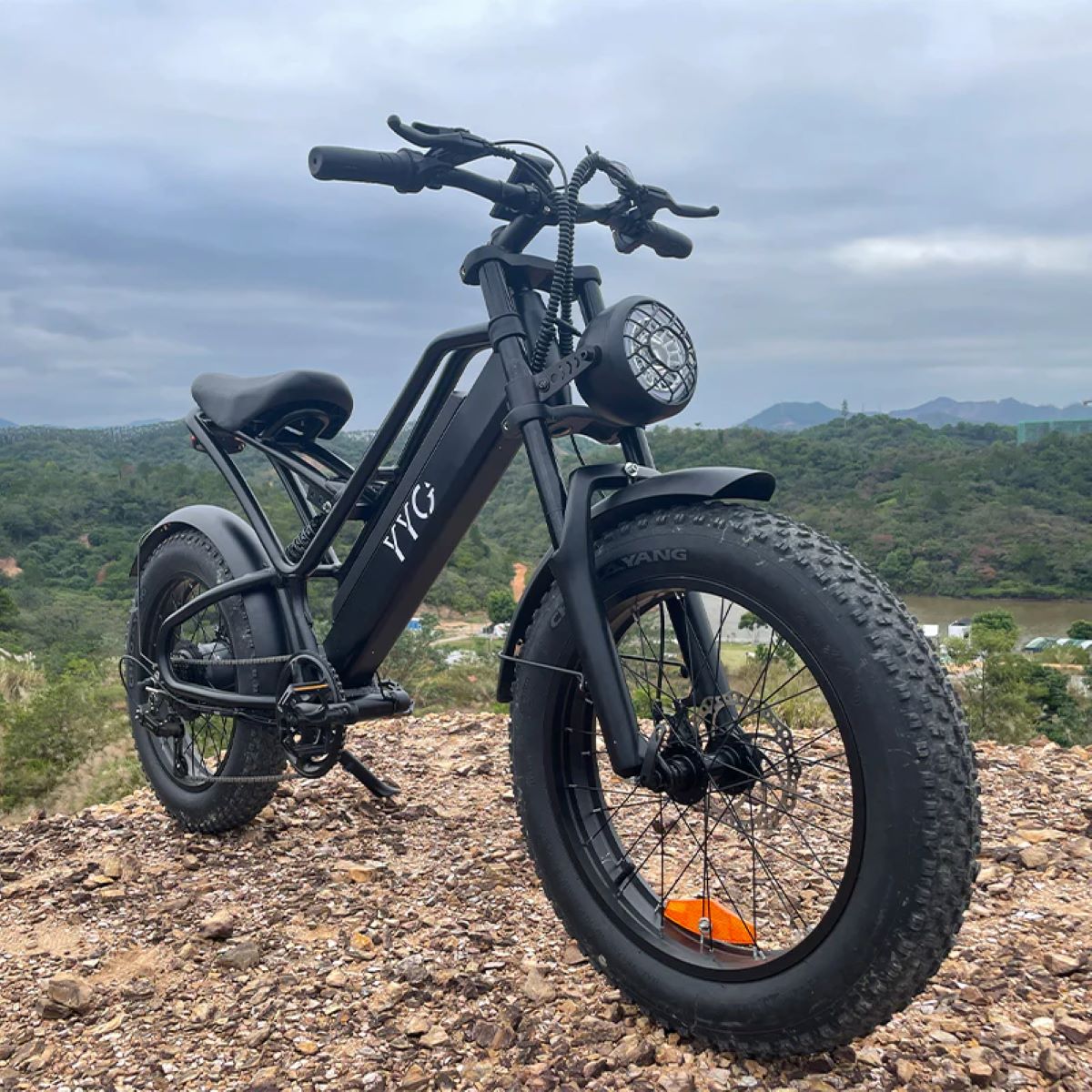

Articles
How To Store An Electric Bike
Modified: January 18, 2024
Discover the best ways to store and maintain your electric bike with our informative articles. Learn how to keep your e-bike in top condition for years to come.
(Many of the links in this article redirect to a specific reviewed product. Your purchase of these products through affiliate links helps to generate commission for Storables.com, at no extra cost. Learn more)
Introduction
Electric bikes have gained popularity in recent years due to their convenience, efficiency, and eco-friendly nature. Whether you use an electric bike for recreational purposes or as your daily mode of transportation, proper storage is essential to keep it in optimal condition. By following a few simple steps, you can ensure that your electric bike is stored safely and ready for your next ride.
In this article, we will guide you through the process of storing an electric bike, from assessing your storage space to checking on the bike regularly. By adhering to these guidelines, you can prolong the lifespan of your electric bike and maintain its performance.
Key Takeaways:
- Proper storage of your electric bike is crucial to maintain its performance and longevity. Assess your storage space, clean and dry the bike, remove the battery, and store it in a dry area to ensure optimal condition.
- Regularly checking on your electric bike while in storage helps identify and address potential issues early on. Inspect the frame, tires, components, and battery, ensuring that your bike remains in peak condition for your next ride.
Read more: How To Store Electric Bike Batteries
Assess Your Storage Space
The first step in storing your electric bike is to assess your available storage space. Electric bikes can vary in size, so it’s important to ensure that you have enough room to accommodate your bike comfortably. Consider the dimensions of the bike, including its length, width, and height.
If you have a garage or a dedicated storage area, measure the space and compare it to the dimensions of your bike. Make sure there is enough clearance around the bike to avoid any potential damage. Additionally, take into account any other items or equipment that may be stored in the same area and ensure that they won’t interfere with your bike’s storage.
If you don’t have a dedicated storage space, you can consider other options such as outdoor sheds or bike storage racks. Ensure that these options provide protection from the elements, such as rain, sunlight, and extreme temperatures.
Once you have identified the ideal storage space for your electric bike, you can move on to the next steps of preparing your bike for storage.
Clean and Dry the Electric Bike
Before storing your electric bike, it’s important to clean and dry it thoroughly. This not only keeps your bike looking its best but also helps prevent any corrosion or damage that can occur from dirt, dust, or moisture.
Start by using a gentle cleaner or soap mixed with water to wipe down the frame, handlebars, and other surfaces of your electric bike. Avoid using harsh chemicals or abrasive cleaning tools that can damage the bike’s finish. Pay close attention to any hard-to-reach areas, such as the chain and gears, and use a brush to remove any built-up dirt or grime.
Once you have cleaned the bike, rinse it thoroughly with clean water to remove any remaining residue. After rinsing, use a soft, lint-free cloth to dry the bike completely, including the frame, wheels, and any other components. Pay extra attention to areas where water may accumulate, such as around the battery compartment or electrical connections.
By keeping your electric bike clean and dry, you can prevent any potential damage or issues caused by dirt, moisture, or corrosion. This step is crucial to maintaining the overall performance and longevity of your bike.
Remove the Battery
When storing an electric bike, it is highly recommended to remove the battery. The battery is one of the most expensive and sensitive components of an electric bike, and proper storage is vital to maintain its performance and longevity.
Before removing the battery, make sure the bike is turned off and the battery is disconnected from the power source. Refer to the manufacturer’s instructions for the specific steps to safely remove the battery from your electric bike. In most cases, it involves locating the battery release mechanism and carefully sliding or lifting it out of its compartment.
Once the battery is removed, it’s important to store it separately in a cool and dry place. Avoid exposing the battery to extreme temperatures, direct sunlight, or moisture, as this can degrade its performance and lifespan. If possible, store the battery in a temperature-controlled environment to ensure its longevity.
When storing the battery, it’s also important to maintain its charge level. Most manufacturers recommend storing the battery at around 50% charge. This helps prevent overdischarge or overcharging during extended storage periods. If your electric bike has a smart charger, you can use it to monitor the battery’s charge level and maintain it within the recommended range.
By removing and storing the battery separately, you not only protect it from potential damage but also ensure its optimal performance when you’re ready to use your electric bike again.
Secure the Bike in an Upright Position
Once the battery is safely removed, it’s time to secure the electric bike in an upright position. This step is crucial to prevent any damage to the bike and its components while in storage.
Start by finding a sturdy bike stand or rack that can support the weight of the electric bike. Place the bike in the stand or rack and ensure that it is stable and properly balanced. This will help prevent any unnecessary stress on the bike’s frame or wheels.
If you don’t have access to a bike stand or rack, you can use alternative methods to secure the bike in an upright position. One option is to lean the bike against a wall or other sturdy object, ensuring that it is stable and won’t tip over. Alternatively, you can use bike hooks or hangers to hang the bike by its frame or wheels.
When securing the bike, it’s important to avoid placing any pressure on delicate components such as the derailleur or suspension forks. These parts are sensitive and can be easily damaged if the bike is not properly supported.
By storing your electric bike in an upright position, you minimize the risk of any structural damage or distortion. This position also helps maintain the integrity of the bike’s tires, preventing them from developing flat spots or deflating unevenly.
Once the bike is securely positioned, you can move on to the next steps of protecting it from dust, moisture, and other external elements.
When storing an electric bike, it’s important to keep the battery charged to around 50% to prevent degradation. Store in a dry, cool place and avoid extreme temperatures. If storing for a long period, check the battery every few months and top it up if necessary.
Read more: How To Store Electric Bikes In Garage
Consider Using a Bike Cover or Bag
To provide an extra layer of protection for your electric bike during storage, it is highly recommended to consider using a bike cover or bag. These accessories help shield your bike from dust, moisture, and potential scratches or damage.
A bike cover is a simple and effective way to protect your electric bike from dust and dirt. It acts as a barrier, preventing these particles from settling on the bike’s surfaces. Look for a cover made of durable and breathable material, such as nylon or polyester, as it will help maintain airflow and prevent moisture buildup.
When choosing a bike cover, make sure it is designed to fit the dimensions of your electric bike properly. A snug fit ensures maximum coverage and protection. Some covers even come with additional features like UV protection, which can help safeguard your bike against fading or discoloration caused by sunlight.
If you prefer added protection and portability, consider using a bike bag or case. These are designed to enclose the entire bike, providing complete coverage and shielding it from external elements. Bike bags are especially useful if you plan to transport your electric bike or store it off-site for an extended period.
When using a bike cover or bag, ensure that your electric bike is clean and dry before covering or storing it. This helps prevent any moisture or dirt from being trapped inside the cover or bag, which could potentially damage your bike.
By using a bike cover or bag, you provide an extra layer of protection for your electric bike, keeping it safe from dust, moisture, and potential damage during storage.
Store in a Dry and Sheltered Area
Choosing the right storage location for your electric bike is essential to protect it from the elements and maintain its condition. Ideally, you should store your electric bike in a dry and sheltered area to prevent moisture buildup, corrosion, and other potential damage.
Avoid storing your electric bike in areas prone to high humidity, such as basements or damp garages. Moisture in the air can lead to rust and corrosion, causing damage to the bike’s frame, components, and electrical systems. If you don’t have a climate-controlled storage space, consider using a dehumidifier or moisture-absorbing products to reduce humidity.
In addition to moisture, you should also protect your electric bike from direct exposure to sunlight. Prolonged exposure to UV rays can fade the color and weaken the materials of your bike. If you must store your bike in an area with sunlight, consider using blinds or curtains to block the rays or position the bike away from direct sunlight.
Having a sheltered area for storage helps provide protection against rain, snow, and other precipitation. If possible, store your electric bike indoors, such as in a garage, shed, or covered storage area. If outdoor storage is the only option, consider using a waterproof cover or finding a spot that provides overhead protection, such as under a canopy or awning.
In addition to protecting your bike from the elements, a dry and sheltered area also helps prevent theft or unauthorized access. Ensure that your storage space is secure, whether it’s locking the door to a shed or using a security system for a garage.
By storing your electric bike in a dry and sheltered area, you minimize the risk of damage from moisture, sunlight, and other external factors. This safe storage environment helps maintain the longevity and performance of your electric bike.
Check on the Bike Regularly
Even while in storage, it’s important to regularly check on your electric bike to ensure its condition and address any potential issues. By performing periodic checks, you can catch and resolve any problems before they escalate and affect the performance of your bike.
Schedule regular inspections of your electric bike, ideally every few weeks or at least once a month. Start by visually inspecting the bike’s frame, tires, and components for any signs of damage, such as scratches, dents, or rust. Pay attention to the bike’s electrical connections, ensuring that they are secure and free from corrosion.
Check the tires for proper inflation and look for any visible wear or cracks. Inflate the tires if necessary and replace them if they show significant signs of deterioration. A properly inflated and well-maintained tire not only improves safety but also contributes to the overall performance of your electric bike.
Inspect the chain and drivetrain components for any signs of dirt, debris, or rust. Clean and lubricate these parts as needed to ensure smooth and efficient operation. A properly maintained chain helps optimize power transfer and reduces the risk of premature wear.
During your regular checks, it’s also important to test the brakes to ensure they are working effectively. Squeeze the brake levers and observe if the brakes engage smoothly and without any unusual sounds. If you notice any issues, such as excessive squeaking or lack of braking power, consider getting them adjusted or replaced by a professional.
Lastly, don’t forget to inspect and charge the battery regularly, even while it’s in storage. This helps maintain its optimal performance and prevents it from fully discharging, which can damage its cells. Refer to the manufacturer’s guidelines for recommended maintenance and charging intervals.
By checking on your electric bike regularly, you can identify any potential problems early on and take the necessary steps to address them. This proactive approach ensures that your electric bike remains in peak condition, ready for your next ride.
Conclusion
Proper storage of your electric bike is essential to keep it in optimal condition and maintain its performance. By following the steps outlined in this article, you can ensure that your electric bike remains safe, protected, and ready for your next ride.
Start by assessing your storage space and ensuring that it can accommodate your electric bike comfortably. Clean and dry the bike thoroughly to remove any dirt or moisture that can cause damage. Remove the battery and store it separately in a cool, dry place, maintaining its charge level as recommended by the manufacturer.
Secure the bike in an upright position using a bike stand, rack, or other suitable methods. Consider using a bike cover or bag to provide an additional layer of protection from dust, moisture, and scratches.
Choose a dry and sheltered area for storage to protect your electric bike from humidity, sunlight, and other weather elements. Regularly check on the bike, inspecting its frame, tires, components, and battery. Address any issues or maintenance needs promptly to ensure optimal performance.
In conclusion, by following these storage guidelines, you can prolong the lifespan of your electric bike and maintain its efficiency and functionality. Proper storage not only protects your investment but also ensures that your electric bike is always ready for your next adventure.
Frequently Asked Questions about How To Store An Electric Bike
Was this page helpful?
At Storables.com, we guarantee accurate and reliable information. Our content, validated by Expert Board Contributors, is crafted following stringent Editorial Policies. We're committed to providing you with well-researched, expert-backed insights for all your informational needs.
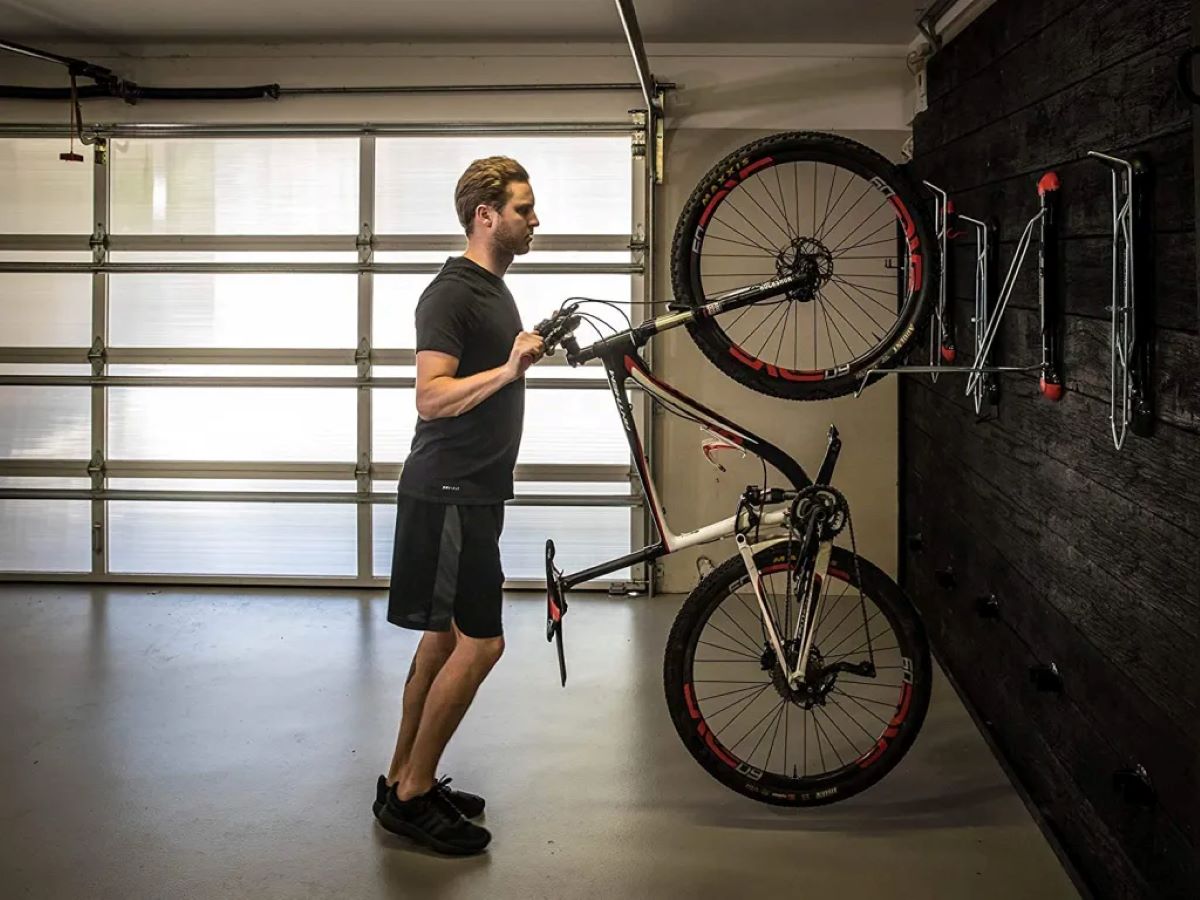

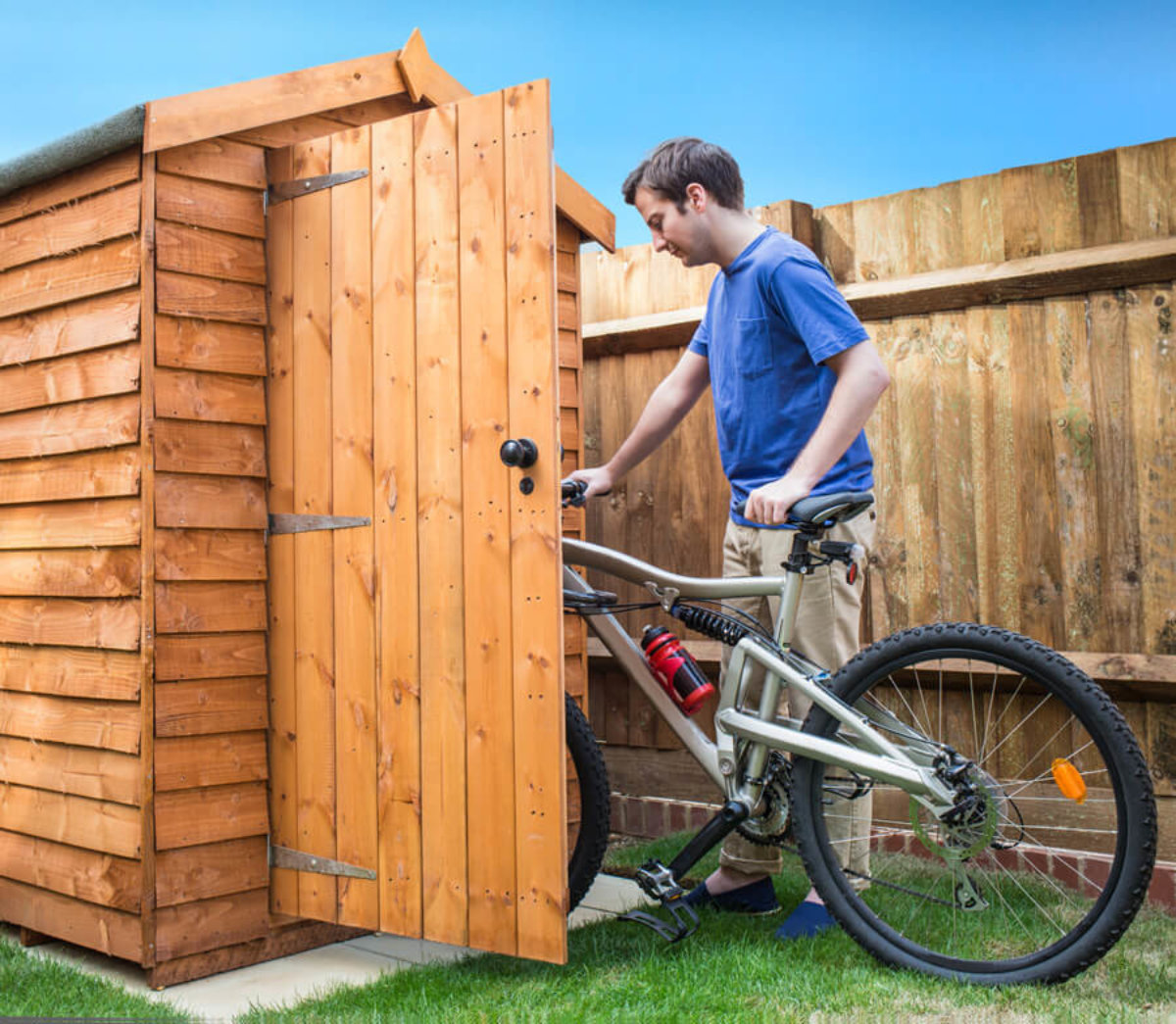



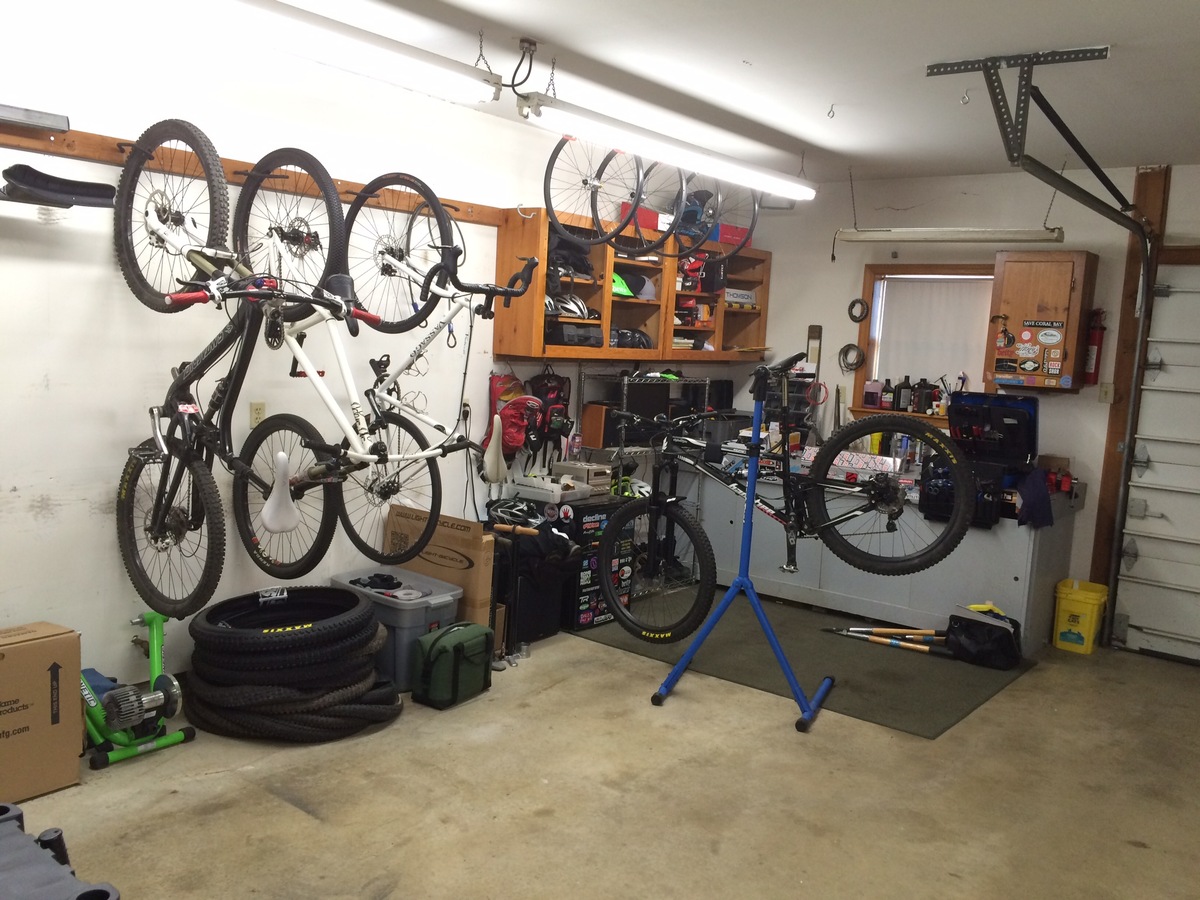



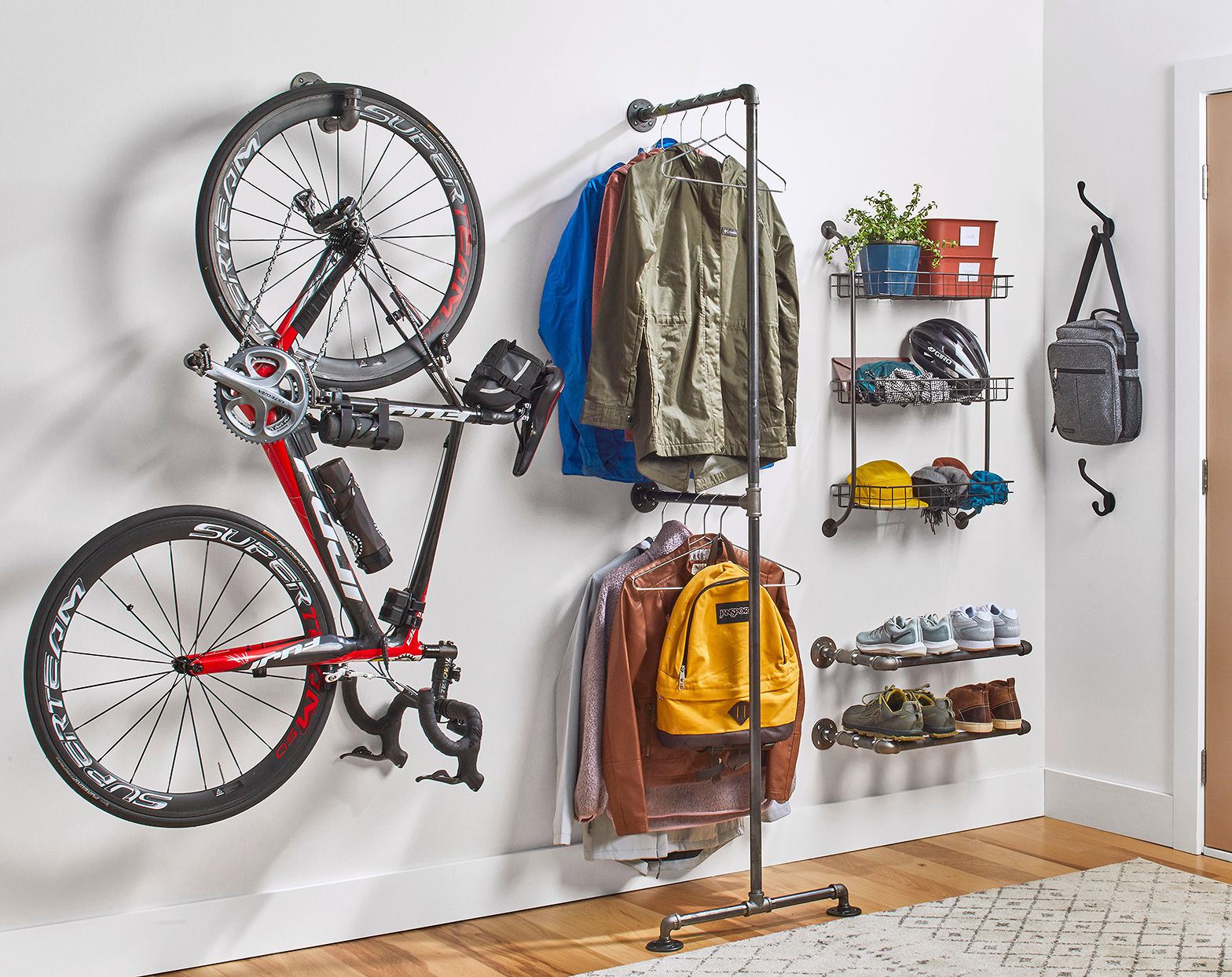


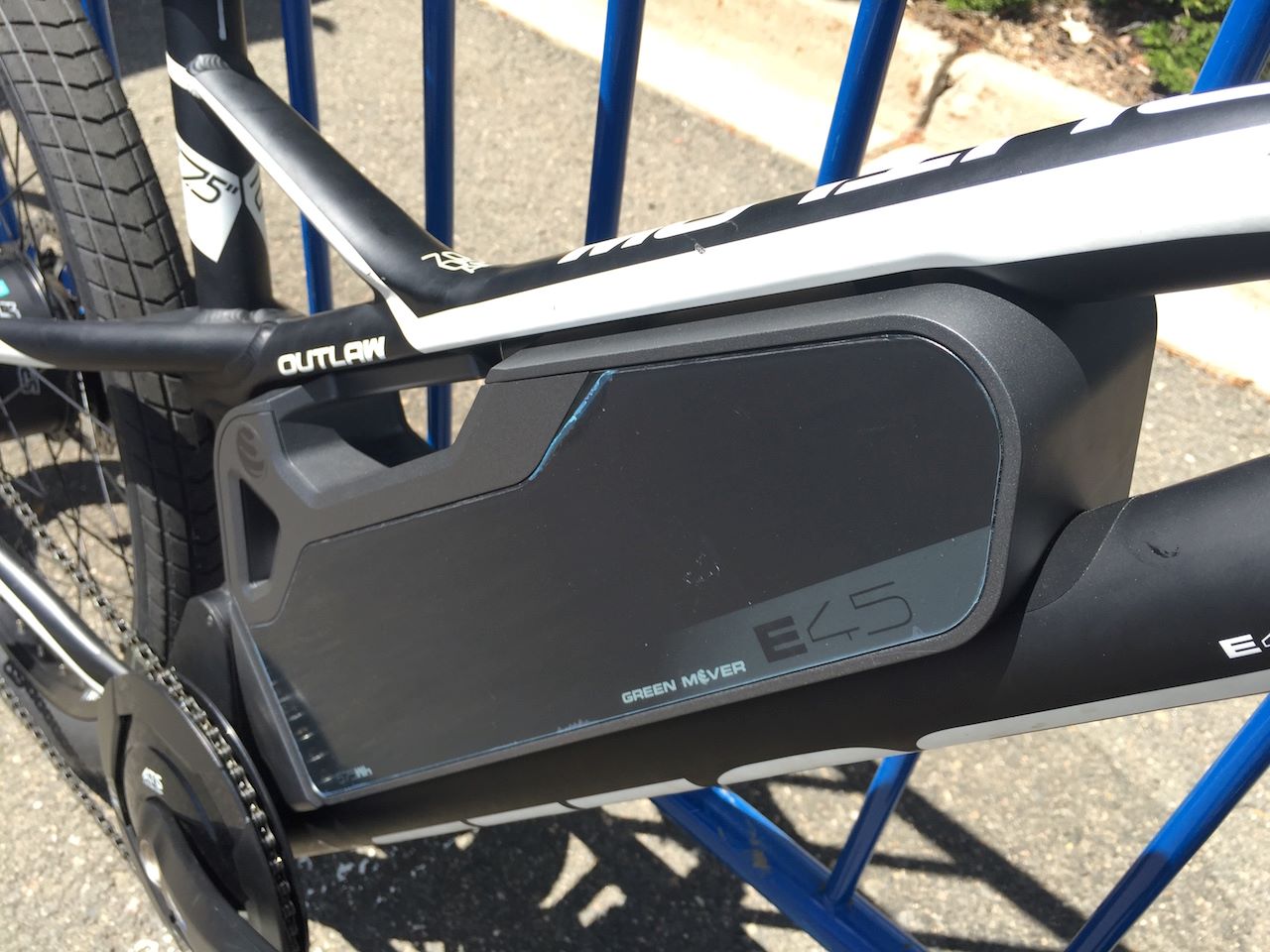

0 thoughts on “How To Store An Electric Bike”